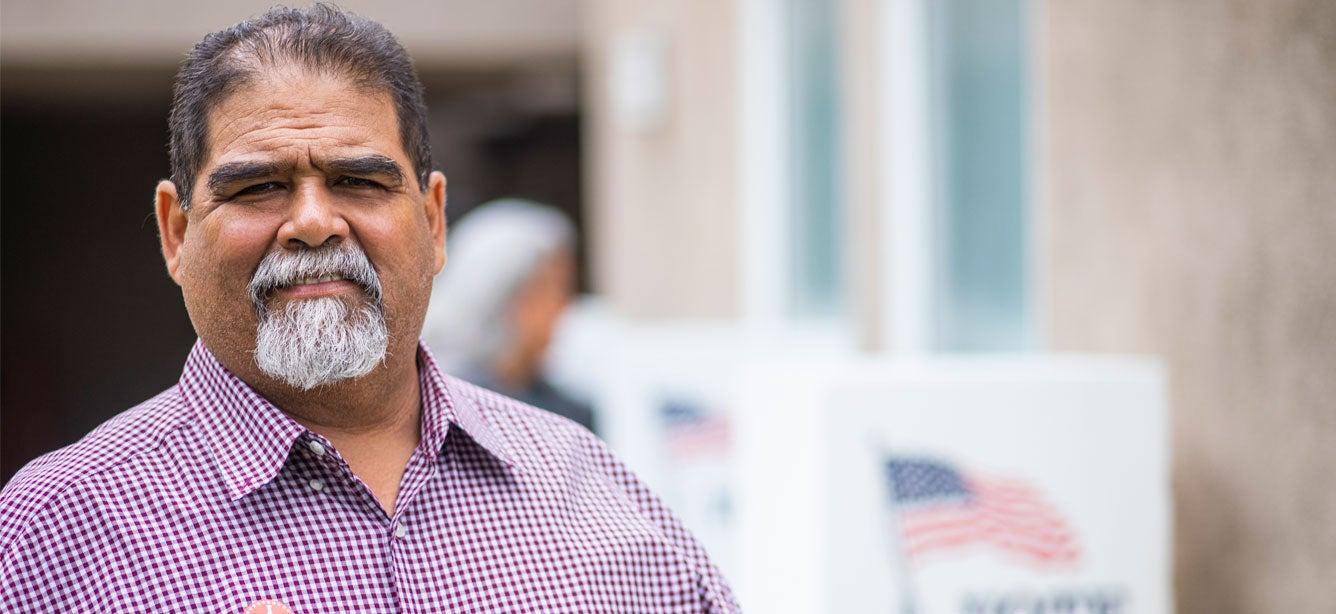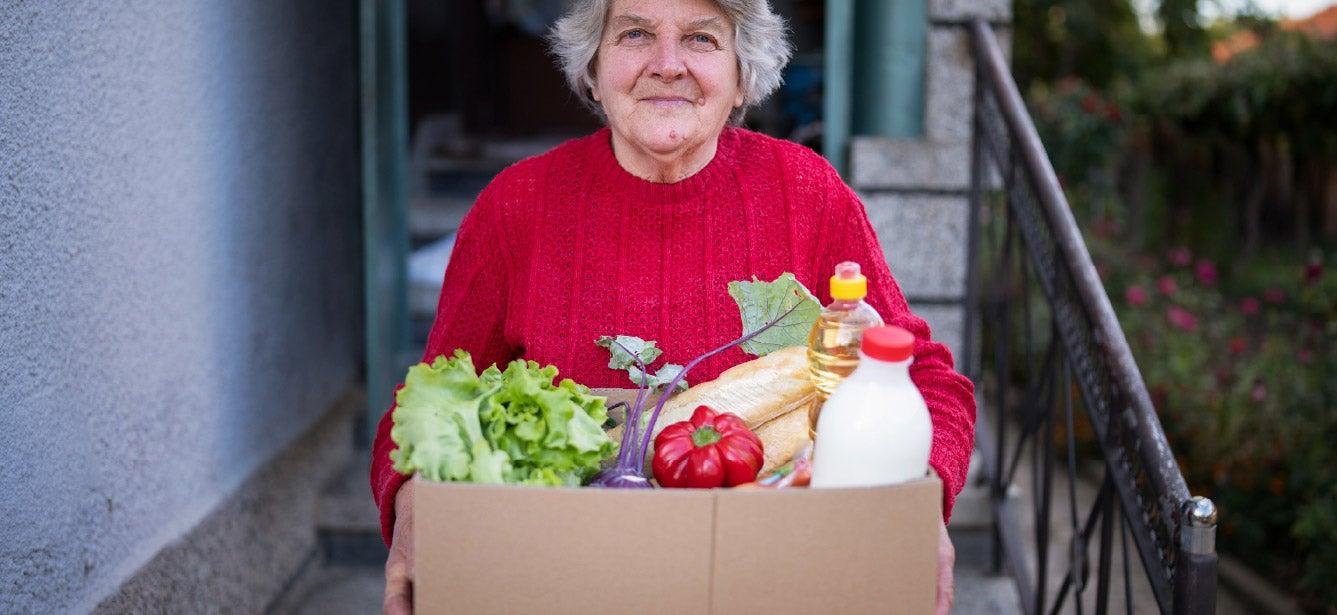
Related Topics
With the presidential election being right around the corner, it is important that everyone’s voice is heard. Along with the presidential vote, 468 seats in the U.S. Congress will be up for election on November 5, 2024. This includes 33 Senate seats and all 435 House seats. Additionally, there are 13 Gubernatorial races.
As we navigate the latest medley of winter viruses, preparation prior to casting your ballot can happen early so you can take care of your health—especially while out in public.
That's why NCOA is highlighting the important work of the Healthy People Healthy Democracy Initiative, making sure all older adults have a safe and informed voting experience as Election Day draws near. The website HealthyVoting.org has guides for each state created by public health and election experts. These guides will keep you updated on deadlines for mail, early, and Election Day voting. The site is also available in Spanish.
Some things to think about as you make your voting plans
Voting by mail
While the window to request a mail-in ballot has ended in most states, mail voting reduces contact with others and helps keep voting sites less crowded.
Visit Can I Vote and choose your state from the drowdown menu. It will take you right to your state's absentee voting or vote-by-mail page. You can also find the rules for requesting a ballot by mail in your state.
Voting in-person at the polls
Many voters still prefer to cast their ballots in person, rely on language assistance, or need in-person voting assistance because of a disability. Early in-person voting and voting in-person on Election Day will remain popular options this year. Early voting is usually less crowded. As with mail voting, if more people vote early, we can help reduce crowds on Election Day, which can protect other voters and election workers.
If you need to find out your assigned polling place, visit Can I Vote.
Health and safety measures for in-person voting
To prevent the spread of illness, voters should follow guidance from their local health departments when dropping off their ballots or checking in at polling places. Also, remember to follow the best practices that public health officials recommend to reduce the spread of the common cold, flu, and COVID-19. This includes keeping distance from others, washing your hands with soap or using hand sanitizer after touching doors or surfaces, and wearing a mask if advised.
Getting vaccinated is still the best defense against severe illness, hospitalization, and death related to COVID-19. Older adults continue to be at highest risk of complications due to age. Now that we're in the height of cold and flu season, staying up to date with recommended vaccinations can help boost your immunity and give you the most protection possible.
Accessing polls: Knowing your rights
Several federal laws, like the Americans with Disabilities Act, protect the voting rights of older Americans and people with disabilities and require accessible polling places.
The U.S. Department of Justice Civil Rights Division has more information about voting laws, enforcement actions, and how to file a complaint if you believe your voting rights have been violated.
Voting information for older adults and people with disabilities
Vote.gov information on how to vote, voter registration requirements and deadlines, and locating your state or local election office website.
National Disability Rights Network also has information that includes a wide range of voting information for people with disabilities. The Southeast ADA Center has also compiled a resource list full of information on accessible voting.



